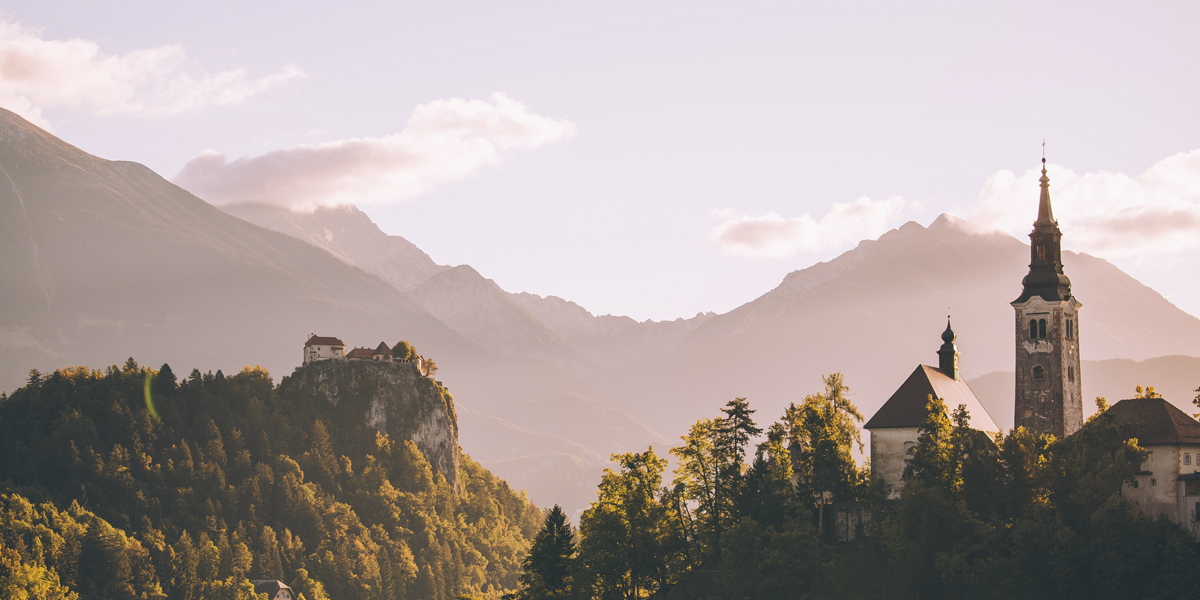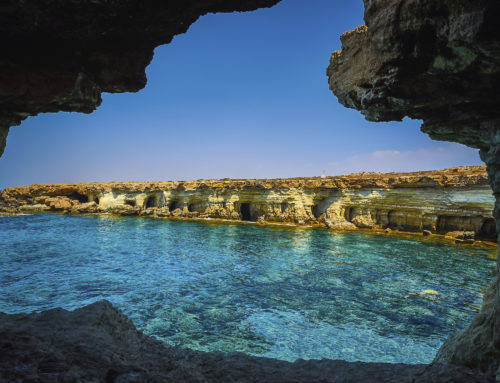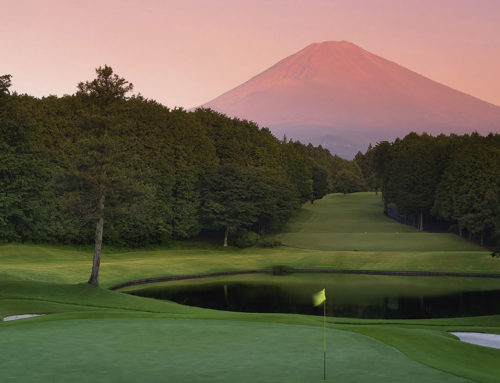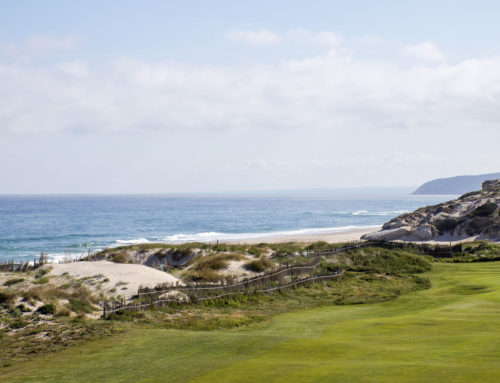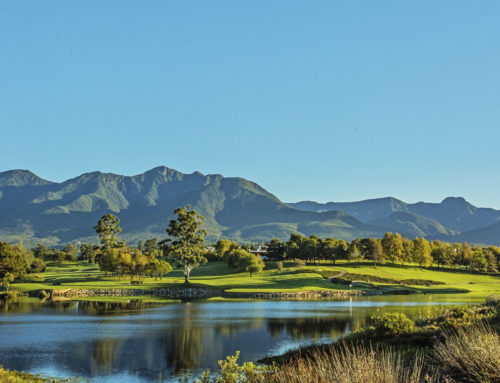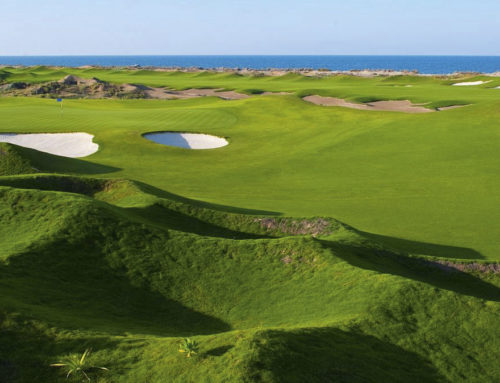Central Europe is far too often overlooked as a holiday destination, but for golf travellers it offers some of the most unusual rounds on the continent. Words: Sarah Woods
Spanning mountainous regions, rolling grassy hills and craggy foothills across tufted plains to flat, low coastal inlets, the central European region boasts an interesting landscape. Cutesy stone-and-wood villages steeped in folklore provide a sharp contrast to the many large towns and cities in which austere, grey Soviet-era tenement blocks stand alongside needle-thin towers of gleaming mirrored glass and chrome. Chic-chi pavement cafes and trendy boutiques vie for position with pretty paved courtyards, gothic castles and balconied baroque facades in the cities of the Czech Republic and Slovakia — with Prague and Bratislava major draws. While in the picturesque heartlands of Hungary, Poland, Slovenia and Croatia you’ll find plenty of the major cultural life forces in good supply in their many cellar bars and kitchens, namely strong home-made wine, hearty local meals and frothy beer.
Hungary’s highlights include the buzzing capital Budapest and the rural Balaton Lake region in the west. As the largest lake in Central Europe, the entire Transdanubian region of Hungary is dominated by this mighty scenic ‘sea’ with its flower-trimmed beaches, volcanic hills, wine terraces, bird-scattered wetlands and leafy hiking trails.
In Poland, the gamut of adventures for those prepared to stray away from dynamic inner-city thrills of Warsaw and Krakow includes wild mountains, national parks and vast untamed wilderness areas that are home to lynx, wolves and golden eagles. Krakow is an undisputed architectural gem of Central Europe; a template for Disney’s fairy-tale city. Spires, cobbles, carriages pulled by clopping horses, pavement artists and accordionists, form just a part of its magic. Though Warsaw is twice the size, it was heavily bombed during World War II, so has been lovingly restored with generous green space added. Other cities with charm include Wroclaw, Poznan, Lodz and Gdansk — the latter is a rising tourist destination in itself, as the gateway to the north, with its sea-facing spa resorts, grit-and-grime shipbuilding history and gorgeous silvery, pale sands.
As the point where south-eastern and Central Europe meet, Slovenia marks where the Eastern Alps border the Adriatic Sea between Austria and Croatia. A key European cultural and trade route, rich influences permeate frontiers with culinary and linguistic traits from neighbouring Italy, Austria, Hungary and Croatia. Ljubljana, the capital and largest of Slovenia’s cities is a vibrant centre of the arts and education. Easily navigable on foot, Ljubljana’s quaint paved squares in the Old Town provide a window on its mythological origins in the many icons, pictures and statues of dragons they contain. According to local legend, Jason and his Argonauts killed a monster in a swamp where the city now stands. Today the dragon is the proud symbol of the capital, with an imposing monument guarding the Dragon Bridge.
In Croatia, a country with more than its fair share of medieval cities and historic ruins, the landscape’s stunning natural attractions include beautiful Plitvice Lakes, the rugged Adriatic coastlines, the gushing waterfalls of Krka National Park and the many hundreds of outlying rocky isles. Though the capital and largest city is Zagreb, a sprawling metropolis with an historic core that dates back to the 11th-century, it’s Dubrovnik with its much-photographed red-roofed houses and the seaside town of Split on a peninsula off the Dalmatian Coast that seduce the crowds.
The rise of golf
In the Czech Republic, Slovakia, Hungary, Poland, Slovenia and Croatia golf has witnessed a spectacular hill-climb since the end of the Soviet era. Now that it’s no longer regarded as an exclusive pastime for society’s elite, the courses attract a mix of local or international golfers. Long, dry summers ensure a good number of playable days each year with 200 the average in Czech Republic, Hungary and Slovakia. Central Europe also has the added lure of plenty of non-golfing attractions, such as affordable spas and wellness retreats, local wine-growing regions, beaches, rivers, lakes and plenty of interesting sites to visit. Gdansk, Poznan and Krakow all have top-notch courses that represent remarkable value for money — Krakow’s golf in particular is a true rising star. With around 150 courses (tipped to grow in number to around 250 by 2020), Slovakia’s golf memberships have sky-rocketed as the number of golf courses has risen — yet tee times remain refreshingly inexpensive. Standards are high, courses well maintained and the golfing season lively April to October. In the Czech Republic, golf dates back to 1905 when King Edward VII of England declared the first course open. Today golf tour packages look beyond Prague to the Czech Republic’s farthest reaches to regions such as Bohemia with its gushing natural curative springs and first-class golf.
Five to play
Penati Golf Resort, Slovakia
An 18-hole course of Nicklaus Design famed for the longest hole in Europe — a whopping 716m 15th with spellbinding views.
Set on 95-hectares near Senica.
Marienbad Royal Golf Club, Czech Republic
Set above the spa town of Mariánské Lázně, the 27-hole Marienbad Royal Golf Club is the oldest Czech course and a fine mix of Scottish and Irish golf architecture. Free shuttles from the Grand Medspa Marienbad Hotel.
Kempinski Adriatic Istria, Croatia
Located on Croatia’s westernmost point, on the Slovenian-Croatian border, this 18-hole, 6,360m-long, par-72 championship course sits in the charming fishermen’s village of Savudrija amid picturesque olive groves and vines.
Arboretum Golf Course, Slovenia
Without a doubt, Ljubljana’s most attractive holiday course at 5,452m, par-71 — what the Arboretum Golf Course lacks in length it more than makes up for in beauty, surrounded by wildlife-filled woodlands and lakes.
Zala Springs Golf Resort, Hungary
Set within the Zala Valley, this par-72 Robert Trent Jones Jr design winds its way 6,351m through a natural reserve, past vineyards and lakes, on wonderful rolling hills. Fairly new, it only opened in 2015.

